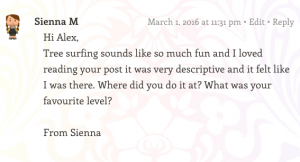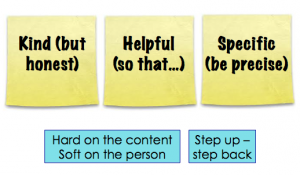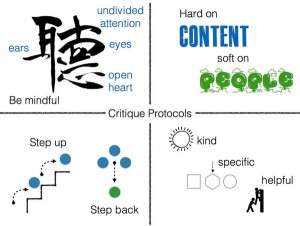Life has been a little confusing in Victoria whilst the lines in the sand (or on the pavement more accurately) were a little unclear. 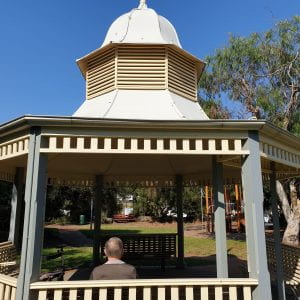 The Victorian isolation rules vary a little from the Federal rules. This week’s discussion was around: Can you visit family members who live away from you? In the state of Victoria, the answer is No – unless they are in Aged care, but elsewhere in Australia the answer would be Yes. So I can visit my Dad (subject to strict guidelines) but not my adult children. I get it and I understand it and I am not complaining – but there was confusion for a period of time when ABC Melbourne were publishing Federal rules. I am not wanting to be critical of those in leadership positions as their roles are phenomenally difficult but I reckon that consistency is one of the key traits we are requiring. I have chosen to limit my visits to my dad, although I could enter the Aged care centre, currently we can meet in the park as he is still able to walk independently around his neighborhood. Presumably, this will change as the weather deteriorates into Winter.
The Victorian isolation rules vary a little from the Federal rules. This week’s discussion was around: Can you visit family members who live away from you? In the state of Victoria, the answer is No – unless they are in Aged care, but elsewhere in Australia the answer would be Yes. So I can visit my Dad (subject to strict guidelines) but not my adult children. I get it and I understand it and I am not complaining – but there was confusion for a period of time when ABC Melbourne were publishing Federal rules. I am not wanting to be critical of those in leadership positions as their roles are phenomenally difficult but I reckon that consistency is one of the key traits we are requiring. I have chosen to limit my visits to my dad, although I could enter the Aged care centre, currently we can meet in the park as he is still able to walk independently around his neighborhood. Presumably, this will change as the weather deteriorates into Winter.
The routines of life are now entering the new normal. Social connections are being retained via online chats, phone calls etc. My calendar now has a few planned social Google Hangouts and I have already ‘Zoomed’ with colleagues from a previous job. My niece who is in a small flat in London is sharing her progress on jigsaw puzzles and discussing podcast options via ‘What’s App”. Humour is still a very important part of people’s coping mechanism and I delight in seeing the creativity shared around. Some cute videos and heaps of memes to make us giggle. A gorgeous movie posted on Facebook by a friend of an older couple singing their version of ‘Always look on the bright side of life’.
From the confines of our homes, our world can open up to different opportunities, some things we may have put off are now achievable and actually offer a chance to improve ourselves or develop different skills. I have had a piano in my house since my children were little and they were having lesson and wanted to move to a ‘real piano’ from the mini electric keyboard . I never played as a child – not sure why, it just didn’t happen but my girls both had lessons – enough to be able to entertain themselves in later years and accompany their vocal skills. So the time is now ripe to get back a bit of that value I added to them – they are giving me gentle hints and inspiration to ‘tickle the ivories’ that lay dormant most of the time. The piece of furniture in the front room which holds the family photos so nicely is now creating sounds – I won’t pretend they are pretty, but it is a start.
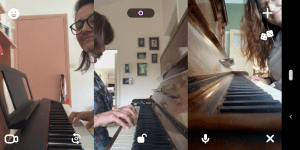
Here’s a little ‘House party lesson’.

